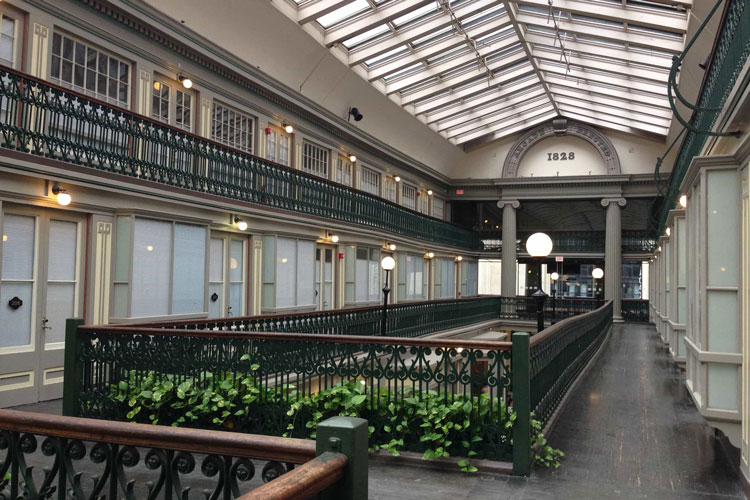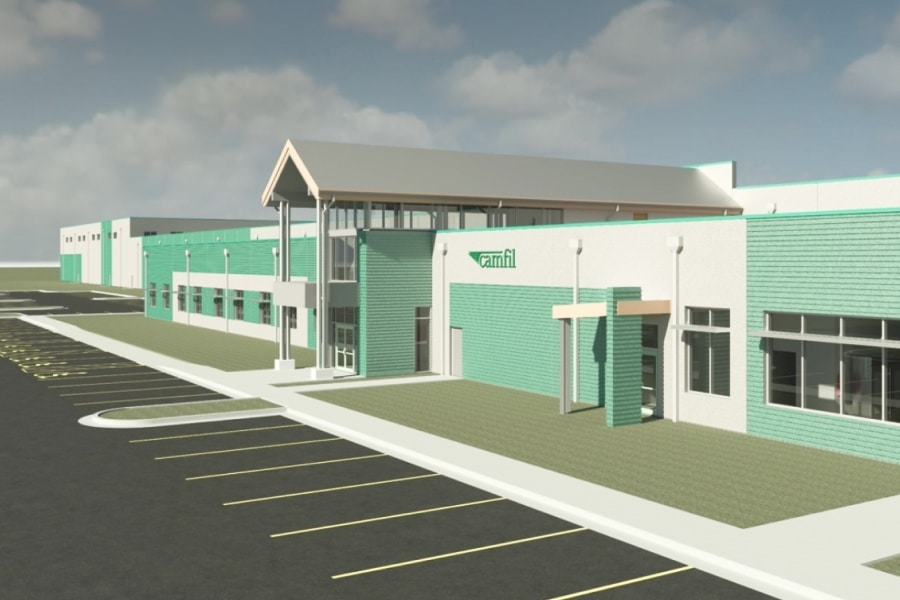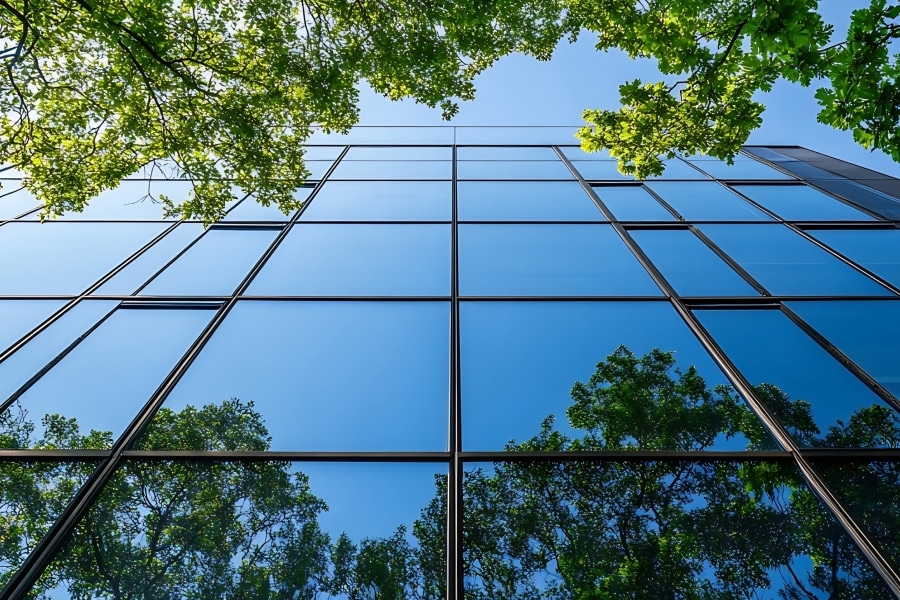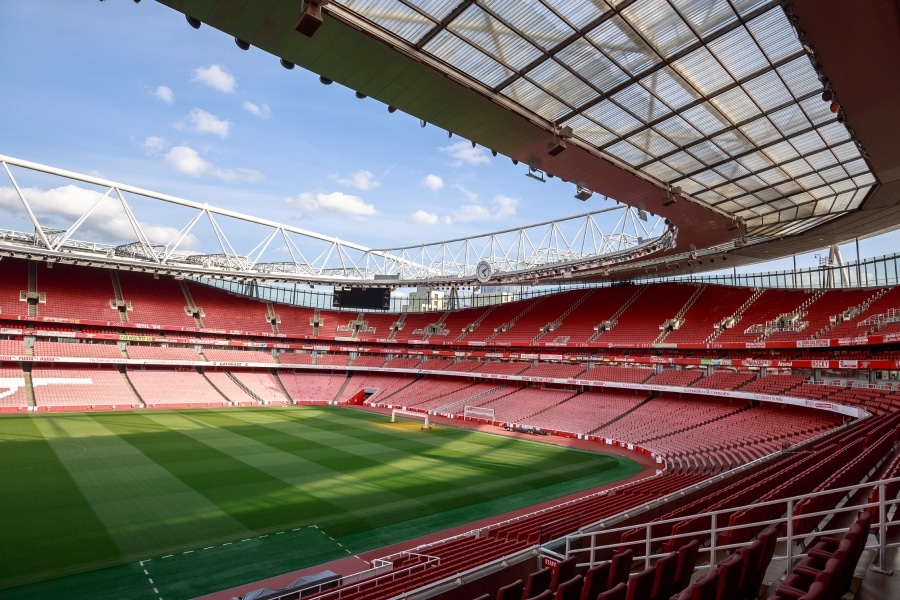Ah, the Great American Mall. Born as a byproduct of the Federal Aid Highway Act of 1956 and the resultant ease of long distance travel by combustion engine, the mall served as a locus of commerce, a shining beacon of consumerism, an indicator of progress and the power of capitalism for nearly 50 years. Then the internet killed it.
It’s no secret that malls—and more generally brick-and-mortar retail as a whole—have been taking an absolutely ruthless beating since the emergence of online shopping, but the extent of this demise is still staggering: In 2017, Time Magazine reported that the US had lost nearly half a million department store jobs since 2002; the same year, CNN predicted that a quarter of all malls would be out of business by 2022. In other words, the extinction is here—and ongoing.
It’s not just online shopping that’s led to the mall’s demise either. “The crisis has several dimensions,” says Mark Cohen, director of retail studies at Columbia Business School. “One is that way too many malls were built. It’s a Darwinian process—the brightest and the best will not only survive, they’ll thrive. The folks that have been along for the ride and getting away with murder for years? They’re going to get killed.” Cohen estimates that there are around 250 AAA malls that are still thriving in America. But this leaves another 1,100 B and C tier malls that are drowning.
As retail companies vacate en masse, the fate of these buildings remains capricious. Some malls have attempted to reinvent themselves by offering more food, restaurants and nightlife; others have added gyms, climbing walls or office space. But even in geographically viable areas, these metamorphoses have been met with variable success: Nightlife only draws traffic at night; gyms and offices bring people to the building, but not necessarily shoppers.
When these efforts fail, the last retailers admit defeat, and the owner of the building finally walks away, what happens next? Oftentimes nothing. The building is left standing as an eyesore. In other instances it will simply be bulldozed. Other times, especially if the municipality has partnered with the mall, the remaining stakeholders will attempt to transform the building or property for another use. This can come in the form of things like, municipal office buildings, schools, hospitals, nursing homes, hotels.
These types of renovations can offer solid, short-term business opportunities to local contractors, architects, and engineers—it is no small feat to convert an Auntie Anne’s into an MRI room; pretzels seldom require radiation shielding. “[Transforming the mall] represents business, but it’s not great business if all the construction community gets to do is bulldoze the business and turn it into a vacant lot,” says Cohen.
In 2013, Andrea Baranyk, an owner in principal of NCArchitects, oversaw one such successful redevelopment project in which The Arcade Providence Mall in Providence, Rhode Island, was converted into 48 micro apartments structured around a small suite of central businesses, including a coffee shop and a hair salon. “I think it’s a great use of shopping malls to really rethink how we’re using them,” she says. “If people want to work out, maybe there’s a gym. There’s restaurants. But then you can go up to your livable unit and everything is right there. You’re really creating a community in these spaces.” The renovation was challenging for a variety of reasons, not least of which being that the building is listed on the National Register of Historic Places, meaning the firm had to adhere to stringent standards to safeguard the building’s character. Still the, project was a boon to Baranyk and NCArchitects; she says she’s received consulting work in cities around the world and the firm is definitely planning to move forward on new mall redesign projects in the future. “We’ve been getting a lot of calls about it. It’s a matter of finding the right developer and showing them what we can create. I think that’s what we do well.”











